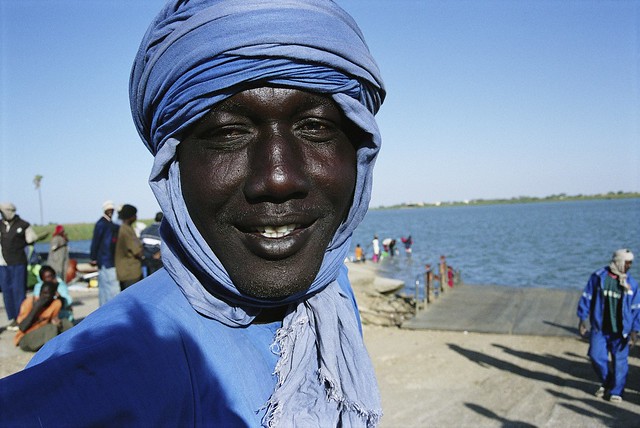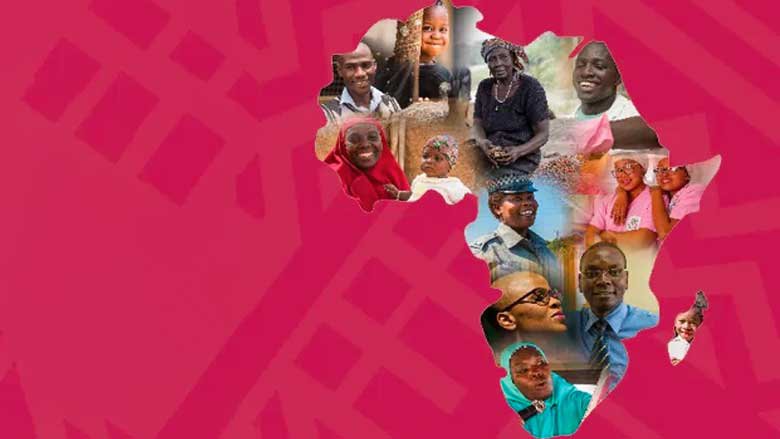The Federal Republic of Somalia has made significant progress in recent years, consolidating its federal system of governance, strengthening capacity of government institutions and supporting inclusive private sector-led growth, while leveraging the momentum created by the Heavily Indebted Poor Countries (HIPC) Initiative. Despite multiple climatic shocks and a complicated security situation, Somalia continued advancing structural reforms and maintained a track record of sound macroeconomic management, as evidenced by the satisfactory implementation of the International Monetary Fund (IMF) Extended Credit Facility (ECF) program. A three-year ECF arrangement, approved in December 2023, is supporting Somalia’s post-HIPC economic agenda with the Executive Board of the IMF concluding the third review in July 2025. However, increased uncertainty due to the expected reduction in official development assistance poses a significant challenge. Political relations in the region have changed, with new opportunities for Somalia to benefit from regional trade integration, as it became the eighth member of the East African Community in March 2024.
The World Bank in Somalia operates in partnership with UN agencies and donors, including Canada, Denmark, the European Union, Germany, Italy, Norway, Sweden, Switzerland, United Kingdom, United States, and the World Bank State and Peacebuilding Fund, which supports the Somalia Multi-Partner Fund (MPF). Established in 2013 to support government-led state building (at both federal and state levels), economic growth, and urban development, as well as to help normalize Somalia’s relations with international financial institutions (IFIs), the MPF has supported implementation of Somalia’s Ninth National Development Plan 2020–2024 (NDP9) and was the primary source of financing for the World Bank Group’s (WBG) early re-engagement in Somalia, after more than two decades of disengagement, and has been extended to June 2028.
ECONOMY
Somalia is entering a crucial phase, seeking to move beyond years of conflict with new development plans. The National Transformation Plan 2025–2029 and Centennial Vision 2060 outline significant state and institution building reforms, aimed at inclusive growth, job creation, and reducing fragility. The government is working to maintain fiscal sustainability and align spending with available resources. However, Somalia continues to rely heavily on foreign aid to provide basic services. Key policy reforms have focused on increasing domestic revenue, improving financial management and inclusion, strengthening governance, and enhancing statistics. Additional risks stem from global economic volatility and geopolitical tensions, while underfunding of key security missions and political uncertainties surrounding upcoming elections may hinder progress and disrupt reforms.
As Somalia undertakes the reconstruction of its economic governance institutions, the country is presented with numerous opportunities, such as rapid urbanization, increasing adoption of digital technologies, and planned investments in sectors like energy, ports, fisheries and agriculture. Strengthening resilience to shocks is therefore crucial for fostering economic growth and generating employment.
As a result, between 2019 and 2024, average annual real GDP growth stood at just 2.4%, while real GDP per capita declined by an average of 0.4 % each year. Projected economic growth for 2025 has been downgraded from 4% to 3% due to reduced foreign aid. Private consumption, agricultural production and exports continue to drive growth. However, foreign aid cuts have slowed growth of private consumption through lower cash transfers to the poor and contributed to an increase in food insecurity. Although food and fuel prices have been easing, inflation remains persistent at 4.6% in May 2025 compared to 4% in January 2025.
Last Updated: Sep 26, 2025









